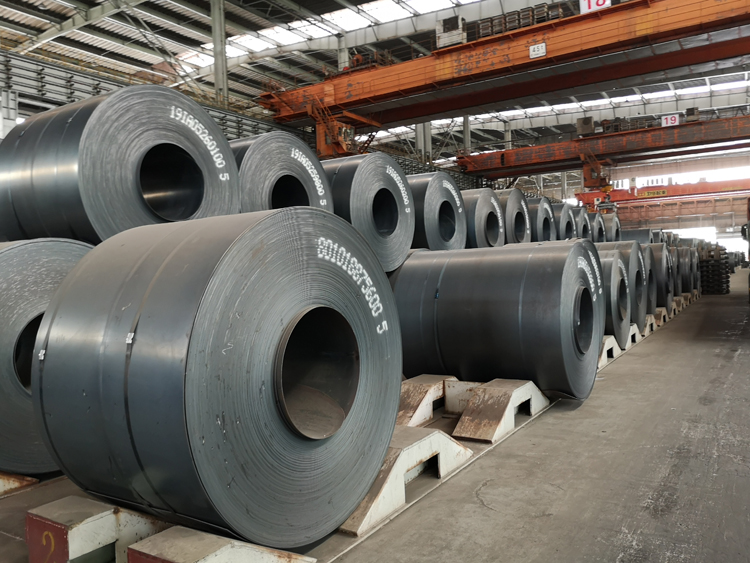Do you want any logistics service, then call us: +86-371-86151827
In recent years, in line with the development trend of iron and S355J2WP plate cutting steel industry at home and abroad, we have accelerated the transformation of development mode, promoted structural adjustment, and formed a rich product series of medium and thick plates, hot rolled steel coils, profiles, steel pipes, etc., which S355J2WP plate cutting are widely used in automobiles, long-span bridges, railways, machinery, ocean and so on fields. Meanwhile, we also provide deep processing for the steel materials.
The company received new orders from Peru customer for more than 900 tons of ASTM A36 steel plates S355J2WP plate cutting. These A36 steel plates will be used in the "Belt and Road" project - a mining conveyor project in Peru. This is our long-cooperated customer, who purchased thousand tons of A36 steel plates from us every year. And make our S355J2WP plate cutting A36 steel plates well known in local.
This standard ASME SA516 is mainly used to improve the notch toughness important for welding steel plates for pressure vessels. The tensile strength of SA516Gr.60 (HIC) is 415MPa min. The main element content is C Mn Si, P and S control determines its performance. SA516Gr.60 (HIC) chemical composition: C: ≤0.30, Mn: 0.79-1.30, P: ≤0.035, S: ≤0.035, Si: 0.13-0.45. It is a carbon steel material for medium and low temperature pressure vessels.
EN10083-3 27MnCrB5-2 steel plates usually need quenching and tempering are special application. Up to now, EN10083-3 27MnCrB5-2 steel plates are mainly applied in airplane, guided missile, weapons, railway, bridges, ships, vehicles, pressure vessel, machine tools, mechanical components with a bigger sectional size and so on fields.
The trend of international shipping development of large-scale ships and strategic joint ventures puts forward higher requirements for modern ports. Modern ports no longer use the general cargo throughput as a measure sign, and container throughput will become the main sign to measure the role and status of modern ports. The average container capacity in 2000 is 3200teu, and it is expected to be 5500teu in 2020.






Ask for the instant quotation